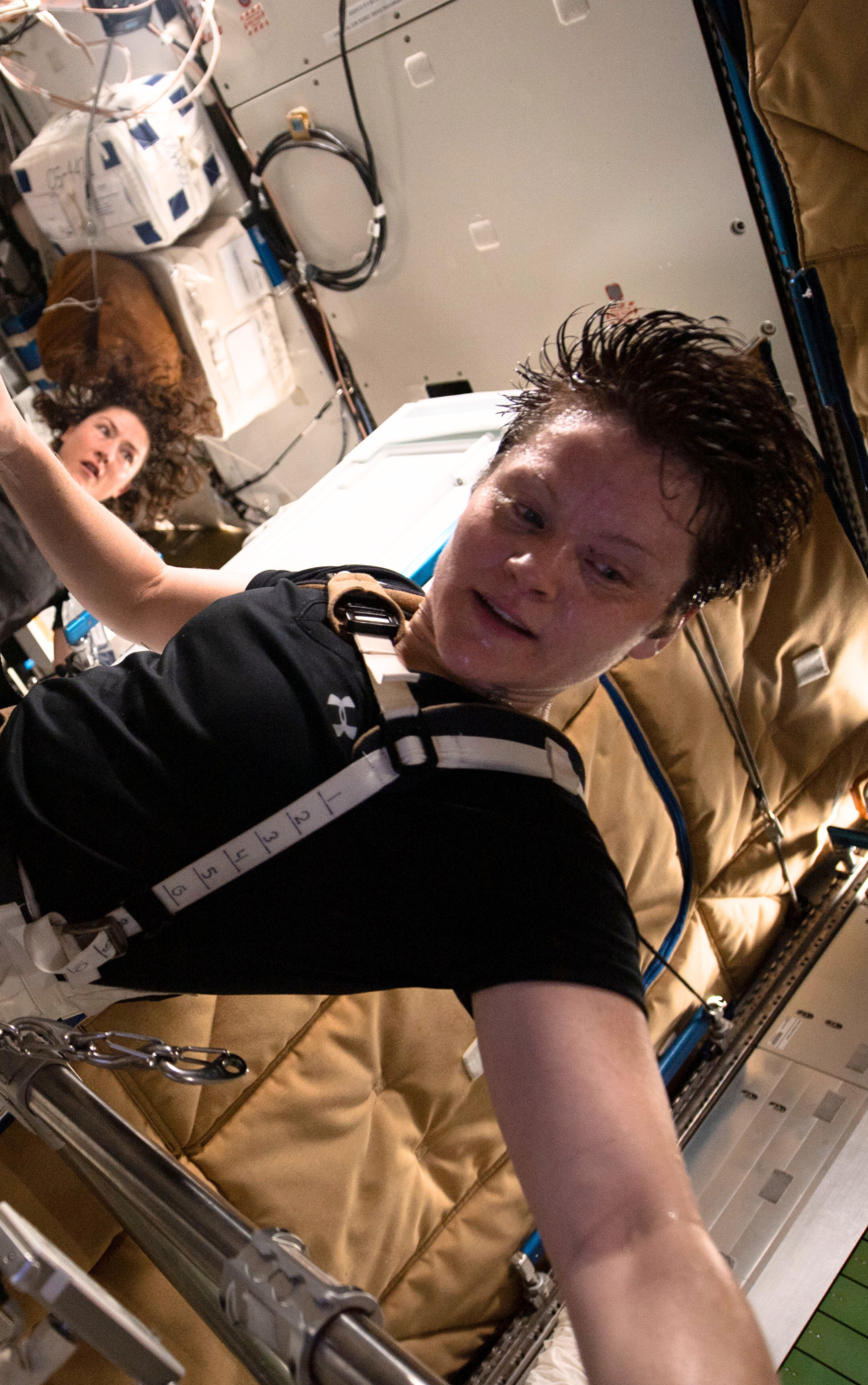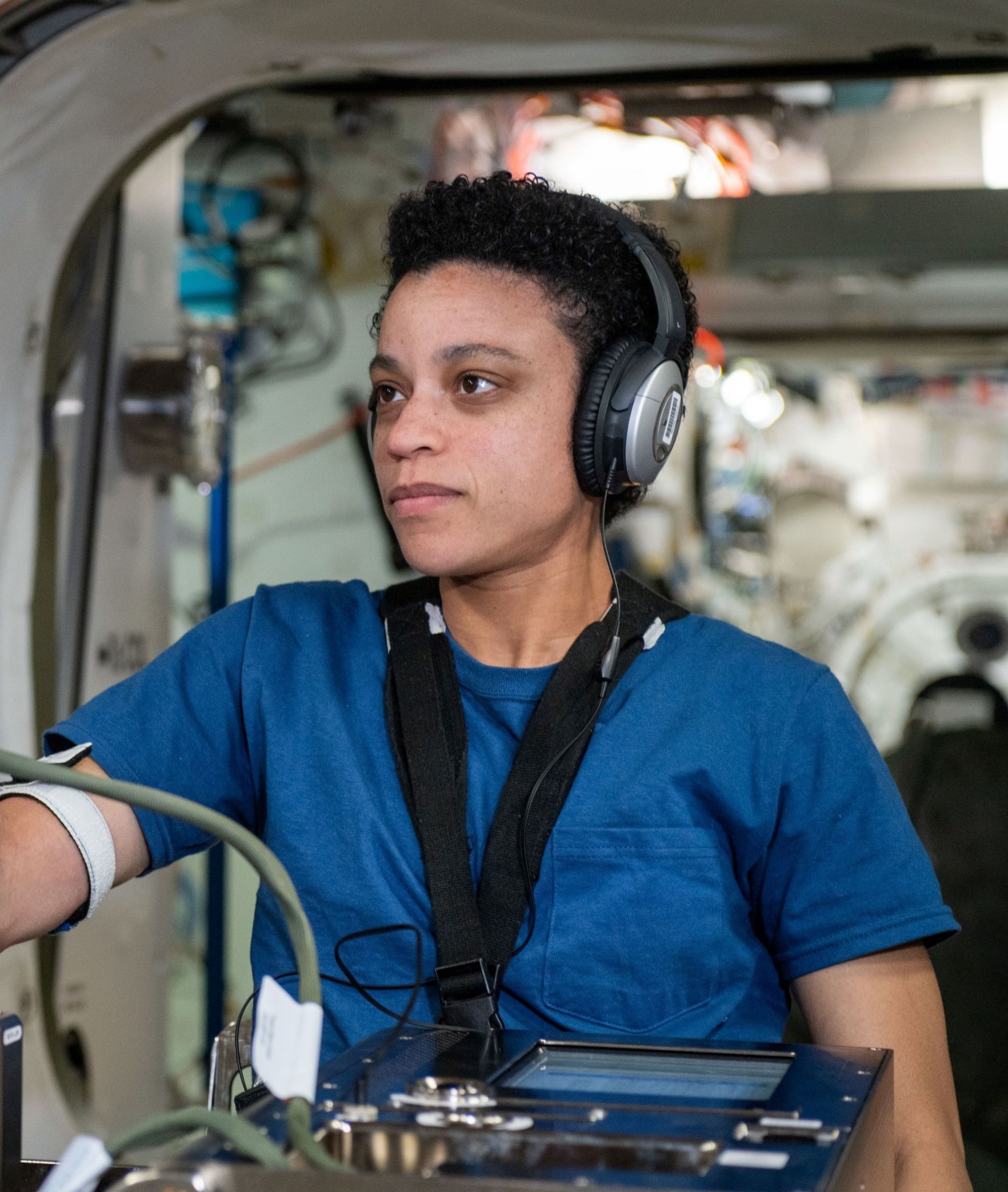Learn More About SRE

About SRE
Astronauts will be exposed to increased levels of ionizing radiation on missions outside Earth's protective atmosphere. SRE helps understand how this ionizing radiation affects the human body.

Space Radiation Risks
See the risks of human spaceflight that the SRE investigate to help ensure the health and safety of astronauts in low-Earth orbit and beyond.

Meet the Team
Meet the team behind SRE, including element managers and scientists who help facilitate research aboard the International Space Station and in simulations on Earth.
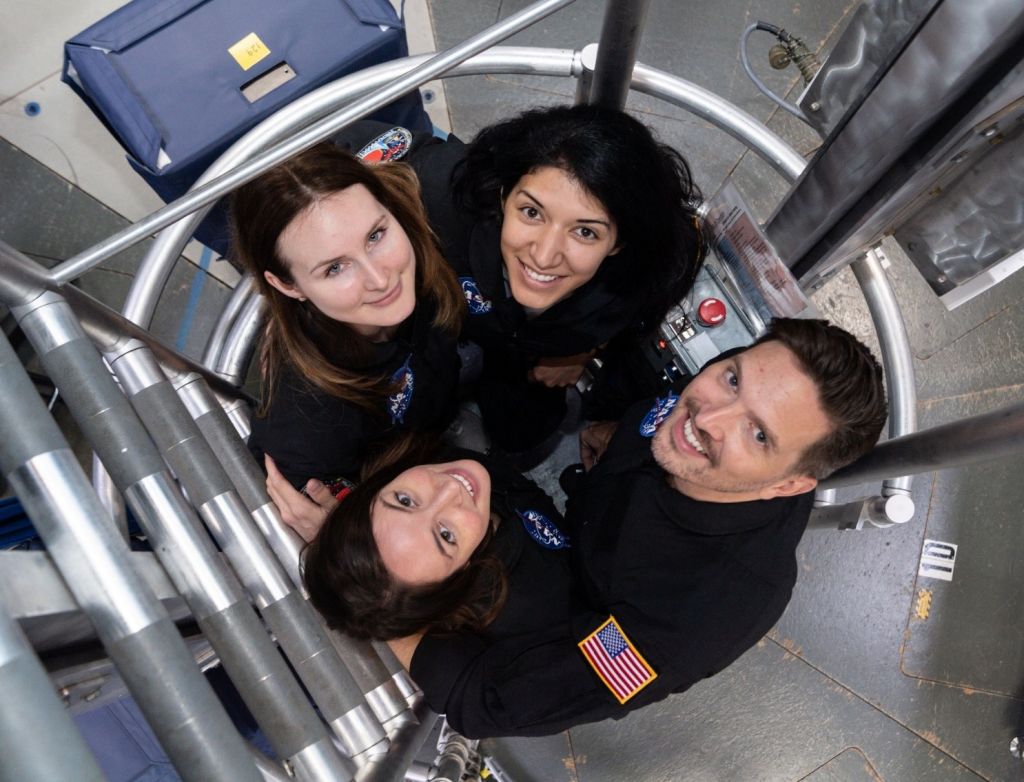
Collaborate With Us
Find different ways to collaborate with NASA’s HRP and help us discover how to keep the next generation of space explorers thriving on future missions to the Moon, Mars, and beyond.
Video Series: What Is Space Radiation?
Our space radiation miniseries discusses what causes space radiation, how space radiation affects the human body, how NASA protects astronauts, and more.
Watch Here about Video Series: What Is Space Radiation?
Explore Space Radiation
Check out courses, established models, methods for sharing samples, and encyclopedic reference material useful for studying risks posed by space radiation.

NASA’s SHINE Program
Researchers can apply for virtual courses that provide an overview of the space radiation environment and how it impacts human health.

Models that Quantify Risk
Software that model the space radiation environment is available for download by authorized users.

Tissue Sharing Forum
Samples collected from studies funded by SRE are now available to investigators in the space radiation research community.

The Health Risks of Extraterrestrial Environments (THREE)
THREE is an encyclopedic reference site that explains the space radiation environment and its health risks to humans.
Delve Into Selected Projects
SRE contributes to several cutting-edge research efforts. Below are just a few.
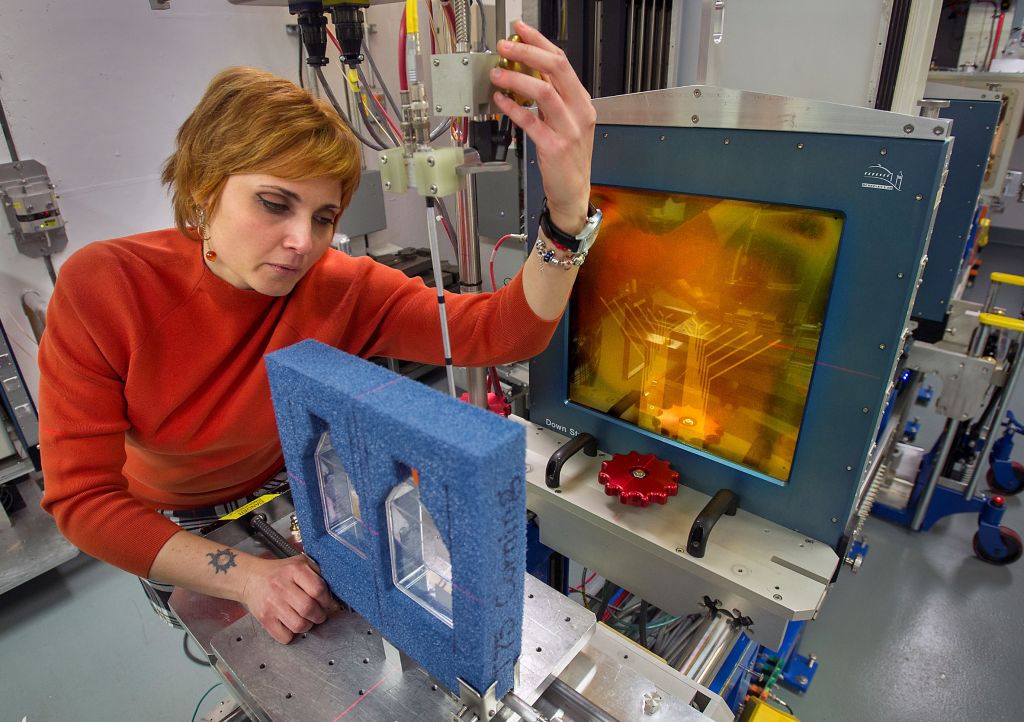
NASA Space Radiation Laboratory (NSRL)
NSRL helps to assess health risks associated with cosmic radiation. To better understand these risks, NASA has teamed with the U.S. Department of Energy to establish this lab.
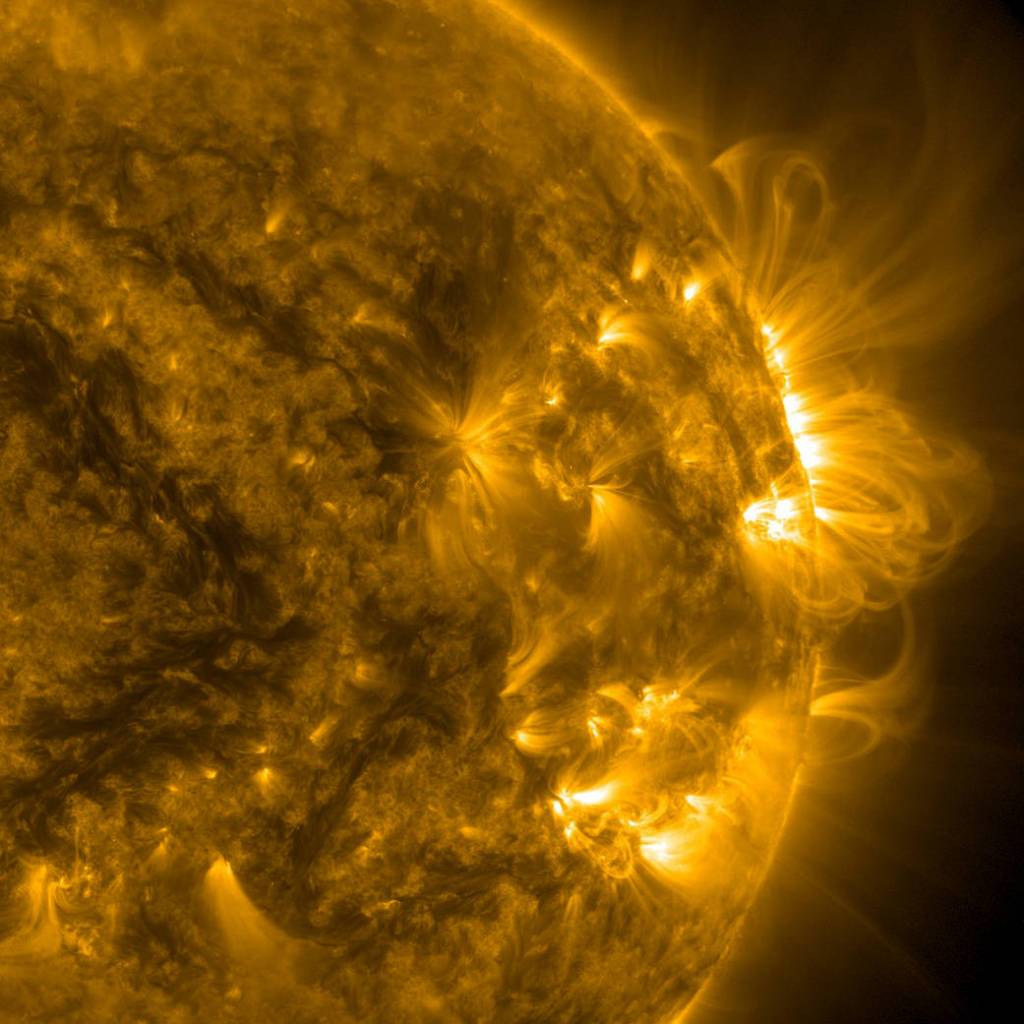
Space Radiation Analysis Group (SRAG)
SRAG, based at NASA's Johnson Space Center in Houston, works to ensure that the radiation exposure received by astronauts remains below established safety limits.

White House Cancer Moonshot
SRE scientists are working with doctors and researchers across the federal government to help cut the nation’s cancer death rate by at least 50% over the next 25 years.

NASA Space Cancer Risk Model
Watch a webinar about how NASA models the differences between space and terrestrial radiation to assess the risk of astronauts developing cancer from space radiation exposure.
The Human Body in Space
For more than 50 years, NASA’s Human Research Program (HRP) has studied what happens to the human body in space. Researchers…
Read the Story
































